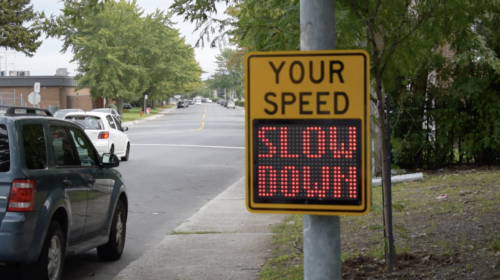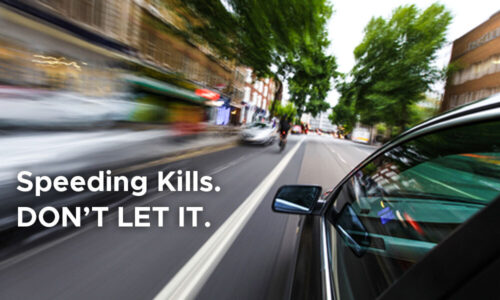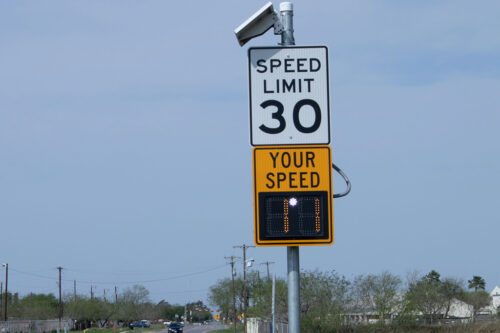Municipalities around the country face the challenge of how to keep drivers, pedestrians, and cyclists safe.
In fact, more than 75% of vehicle crashes happen in urban areas.
How can you prevent drivers from speeding?
How do you protect vulnerable users such as pedestrians and cyclists?
How can you assure that drivers are alert and aware of their surroundings?
Cities around the world protect their streets with Traffic Logix solutions:
Traffic Logix offers a variety of purchasing options for the public and private sector at the national and state levels, including government, education and law enforcement.
Safer Cities
Today’s Streets
The US has seen a disturbing rise in traffic fatalities in recent years. 2015 saw the largest percent increase in 50 years while 2016 showed a further increase on those already alarming numbers. More people die in car crashes each year in the US than in any other high-income country. While many blame an improving economy with higher employment and cheaper gas, others attribute increased crashes to apps that draw drivers attention off the road and onto their devices.
Slower Cars Save Lives
When accidents do happen, lower speeds save lives. A car travelling 40 mph that hits a pedestrian, leaves her with just a 10% chance of survival. Slowed down to 20 mph, the impact would be significantly reduced and the pedestrian would have a 90% chance of survival.
Slower speeds prevent accidents from happening in the first place, and considerably reduce their impact when they do.
Find out how today!
Traffic Logix helps to safeguard the ordinary, every day.
“Not only are the products well engineered and industry leading, but their customer service is just outstanding.”
“We can…. control the signs (at the port) right from our offices….. via the SafePace Cloud.”
“It (the SafePace radar sign) is a neat little system that gets fantastic results.”
“We love it (the SafePace radar sign)….. You’ll notice drivers instantly slow down. It really grabs their attention.”
“People really slow down and they don’t speed up afterward. It (the speed hump) is a reminder to observe the speed limit and it actually seems to work.”
“It’s really great how we can download the data and share it with team members….. The response to the signs has been excellent.”







